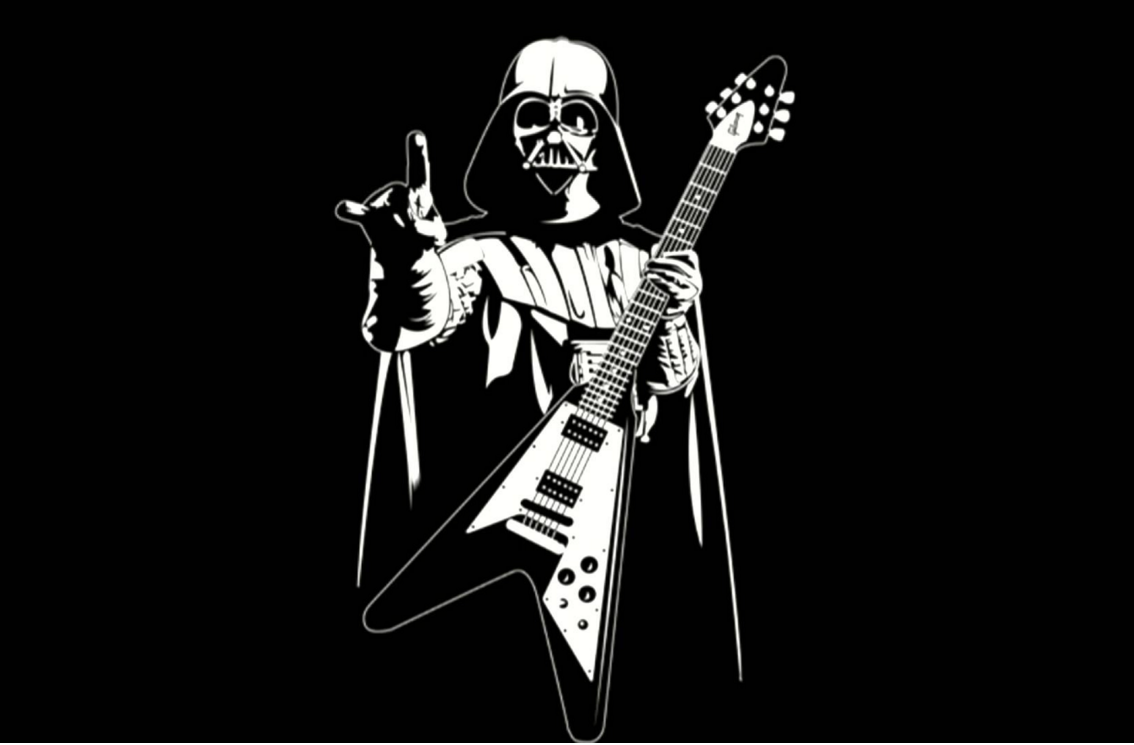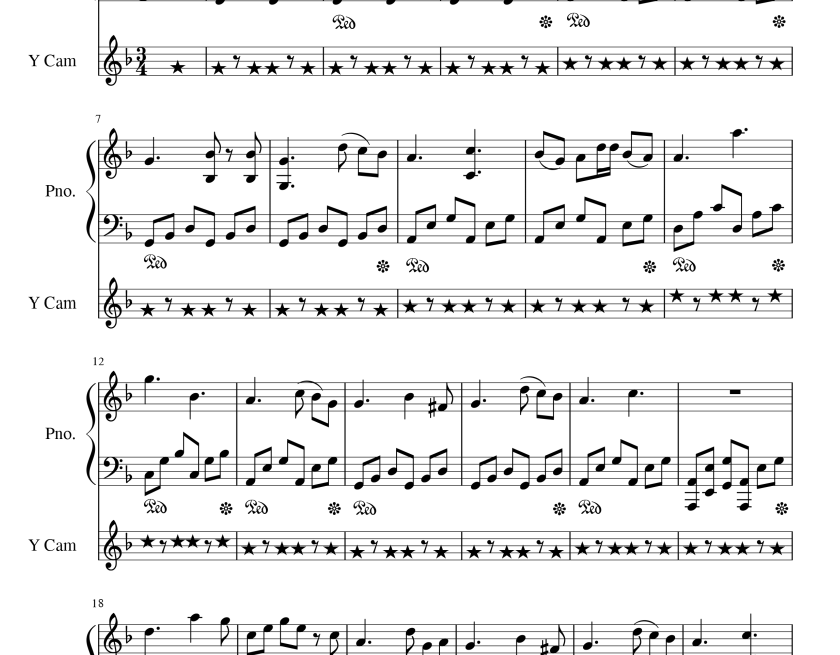Space Jam: NASA Edition
What’s the biggest musical instrument you can play? Easy – the Universe.
Good news everyone! (yep, Futurama reference) In case you’ve missed it, 2015 has been a HUGE year
for astronomy and space exploration. In celebration of the amazing discoveries made by some of the
best scientists on the planet, NASA has officially posted an enormous library of space sounds FOR
FREE.
What did we get?
NASA’s present to the world includes legendary vocal clips you’ve definitely heard, like “Houston, we’ve had a problem” and “The Eagle has landed”. There are also numerous sounds of rockets, satellites (including the Soviet Sputnik) and various types of space equipment, lightning on distant planets, interstellar noises, plasma and radio emissions. A lot of these have already been available for some time but never like this. The sounds have been put on SoundCloud which makes them incredibly easy to find, access, browse and download.
How come it’s free?
The US government space agency is releasing this magnificent set of cosmic ‘music’ free of charge and you can use it in whatever ways you wish because it’s not copyrighted. Since NASA is funded by taxpayers, it’s only fair that the sounds the agency records be given to the public to use. Of course, not all sounds published by the agency have been put on SoundCloud, because they simply don’t have the same licenses. And you can’t use NASA’s name or logo, but that kind of makes sense and it still leaves us with a huge abundance of sounds we can make music out of in any way imaginable. We’ve also been kindly asked to mention NASA as a source, but that’s a pretty fair deal. Just in case, here are their usage guidelines.
Bonus tracks:
The European Space Agency (ESA) also has a library of amazing space sounds you can explore. And the University of Iowa offers their own set, collected by instruments on various spacecraft. Some of these have been mapped but some are real radio emissions in the audible spectrum, meaning you’re legitimately hearing what they sound like in their actual frequencies. Neat!
What can we do with it?
Anything, really. Since it’s free, any possible musical application is fine. When you first hear the sound of a rocket launch or a radio storm caused by the interaction between Jupiter and its moon Io, or ice particles from Saturn’s rings striking the antenna of Cassini’s Radio and Plasma Wave receiver, it’s hard to imagine how exactly you can make music out of it. But it’s all in the interpretation. Take this guy, for example:
[soundcloud url=”https://api.soundcloud.com/tracks/215668791″ params=”auto_play=false&hide_related=false&show_comments=true&show_user=true&show_reposts=false&visual=true” width=”100%” height=”450″ iframe=”true” /]
Burak Ulaş, astronomer at Izmir Turk College Planetarium in Turkey has composed a piece of music based on the pulsations of a star which he turned into piano chords using Audacity (a great free tool you should check out, by the way). The star is called Y Cam A and it’s one of a pair of eclipsing stars in a binary system, vibrating in a number of frequencies. You can read more about it in his paper here.
Ulaş is planning to record more stars and use them with other musical instruments, creating a real space symphony. How awesome is that?!
Why is it a big deal?
Personally, I’m fairly hyped, but if you really need an explanation, here it is:
We all know what space pretty much looks like. For around half a century we’ve been surrounded by increasingly beautiful images of planets, stars, nebulas, galaxies etc. They’ve come from complex telescopes and other incredible pieces of technology, as well as from the creative inspiration of the science fiction genre – speculative but gorgeous nonetheless (also, more and more realistic each day).
But even though we have a fairly decent visual understanding of the cosmos, we generally have no idea what it sounds like.
The average human usually associates space with complete silence (shut up, fellow Star Wars fans!) and that’s reasonable, most of the universe being vacuum and, hypothetically, dark energy which we don’t really understand. However, scientifically, that’s not the case at all. Beauty is in the eye of the beholder and in this case, in their ear. A lot of our knowledge about the universe actually comes from the interpretation of audio data we’ve collected for decades. What we know about space, we owe to listening just as much as we do to looking.
Music is sound and the possibility to incorporate the ‘voice’ of the universe into your aesthetical expression is no less than a miracle. By pure accident we have discovered the sound of the Sun and the fact that space emits radio waves. One of our most thrilling discoveries ever has also been an accident and it can be perceived as music by itself – the oldest and most significant sound that anyone can ever hear – cosmic microwave background radiation leftover form the very birth of the universe: the Big Bang. This ‘music’ was the first experimental evidence of its existence and proof that the universe came to be at a precise moment – some 13.7 billion years ago.
Being able to hear, describe, use and be inspired by sounds form distant star systems and galaxies, and further, sounds as old as existence itself, is a way to more fully understand ourselves as a tiny but significant particle of all that has ever been, a part of a whole, which, in a way, brings us closer together.
For more fresh ideas and endless musical inspiration, you know where to look 🙂
3 Comments
Leave a Reply
Your email address will not be published. Required fields are marked *






I don’t like NASA but this is cool!
SAMPLE MOMENT OF HAPPINESS
Let the sample fiesta begin!